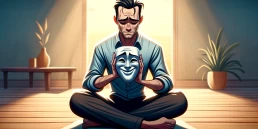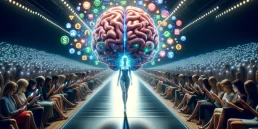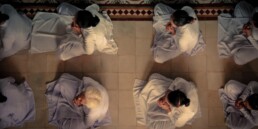The More Beautiful World Our Hearts Know Is Possible (Book Summary + Best Quotes)
This is a book summary of The More Beautiful World Our Hearts Know Is Possible by Charles Eisenstein.
I read this book twice in the past year and it’s, hands down, the most impactful book I’ve ever read.
It came into my life at the perfect time when I was reconfiguring my worldview. I was (and still am) in what Eisenstein calls “the space between stories”.
I was deeply disillusioned by the state of the world, the environment, the things that modern society prioritises, and the things it neglects.
I was caught up in the cynicism and paralysis that comes from dwelling on the seemingly insurmountable challenges facing humanity.
And I was grappling with the question of “What is truth?” and finding no satisfactory answers.
The More Beautiful World offers a refreshing and confronting take on the wrongness in the world and where it truly comes from.
More importantly, it provides a glimpse of a more beautiful world – in the sense of both the outside world and the world we construct through the stories we tell ourselves.
The book doesn’t provide a roadmap for arriving at a more beautiful world (it’s not a “self-help” book). Instead, it offers new ways of looking at the world so that its inherent beauty becomes clear.
Eisenstein has a unique ability to write about what the heart knows to be true, but the mind struggles to articulate.
Reading The More Beautiful World I felt understood, challenged, hopeful, and relieved.
Overview: Story of the World
The More Beautiful World Our Hearts Know Is Possible is a book about stories.
The stories that underpin our society. The stories we construct in our minds. The stories that unite and divide us. The stories that shape reality.
Eisenstein says civilisation itself is built upon a story or mythology.
“I call it the Story of the World or the Story of the People—a matrix of narratives, agreements, and symbolic systems that comprises the answers our culture offers to life’s most basic questions: Who am I? Why do things happen? What is the purpose of life? What is human nature? What is sacred? Who are we as a people? Where did we come from and where are we going?”
Our answers to these questions also come from stories we tell ourselves about the nature of reality.
Eisenstein calls these stories The Old Story (The Story of Separation)…
“Who are you? You are a separate individual among other separate individuals in a universe that is separate from you as well.”
… and The New Story (The Story of Interbeing).
“The fundamental precept of the new story is that we are inseparate from the universe, and our being partakes in the being of everyone and everything else.”
The More Beautiful World is about navigating the space between these two stories and inhabiting the new story of interbeing.
Eisenstein’s theory is this new story holds the answers and solutions to the most significant challenges of our time.
My notes from this book total more than 17,000 words. Any attempt to summarise it will fail to do the book justice.
If any of the excerpts below resonate with you, I highly recommend reading the book for yourself.
This short video serves as an unofficial trailer for the book
The Old Story (Separation)
“I (like many others) felt a wrongness in the world, a wrongness that seeped through the cracks of my privileged, insulated childhood. I never fully accepted what I had been offered as normal. Life, I knew, was supposed to be more joyful than this, more real, more meaningful, and the world was supposed to be more beautiful.”
- “We live today at a moment of transition between worlds. The institutions that have borne us through the centuries have lost their vitality; only with increasing self-delusion can we pretend they are sustainable.
- Our systems of money, politics, energy, medicine, education, and more are no longer delivering the benefits they once did (or seemed to). Their Utopian promise, so inspiring a century ago, recedes further every year. Millions of us know this; more and more, we hardly bother to pretend otherwise. Yet we seem helpless to change, helpless even to stop participating in industrial civilization’s rush over the cliff”
- “Who could have foreseen, two generations ago when the story of progress was strong, that the twenty-first century would be a time of school massacres, of rampant obesity, of growing indebtedness, of pervasive insecurity, of intensifying concentration of wealth, of unabated world hunger, and of environmental degradation that threatens civilization? The world was supposed to be getting better. We were supposed to be becoming wealthier, more enlightened.”
- “Few of us would personally rob a hungry three-year-old of his last crust or abduct his mother at gunpoint to work in a textile factory, but simply through our consumption habits and our participation in the economy, we do the equivalent every day. And everything that is happening to the world is happening to ourselves. Distanced from the dying forests, the destitute workers, the hungry children, we do not know the source of our pain, but make no mistake—just because we don’t know the source doesn’t mean we don’t feel the pain.”
- “How much of our dysfunctional, consumptive behavior is simply a futile attempt to run away from a pain that is in fact everywhere? Running from one purchase to another, one addictive fix to the next, a new car, a new cause, a new spiritual idea, a new self-help book, a bigger number in the bank account, the next news story, we gain each time a brief respite from feeling pain. The wound at its source never vanishes though. In the absence of distraction—those moments of what we call “boredom”—we can feel its discomfort.”
The New Story (Interbeing)
“The new Story of the People, then, is a Story of Interbeing, of reunion. In its personal expression, it proclaims our deep interdependency on other beings, not only for the sake of surviving but also even to exist. It knows that my being is more for your being.”
- “When things fall apart, the hopelessly radical becomes common sense.”
- “Acting accordingly, our choices often seem, to those operating within the old paradigms, to be crazy: naive, impractical, irresponsible. Indeed, they seem that way to that part of ourselves—and I trust that it lives just as much in you as it does in me—that also inhabits the old story. You might recognize its voice, critical, disparaging, doubting, insinuating. It wants us to stay small, safe, protected in our little bubbles of control. My purpose here is not to urge you to fight that voice or purge it; simply recognizing it for what it is already begins to loosen its power.“
- “The science is beginning to confirm what we have intuitively known all along: we are greater than what we have been told. We are not just a skin-encapsulated ego, a soul encased in flesh. We are each other and we are the world.”
- “We need to rediscover the mind of nature, to return to our original animism and the ensouled universe it perceived. We need to understand nature, the planet, the sun, the soil, the water, the mountains, the rocks, the trees, and the air as sentient beings whose destiny is not separate from our own. As far as I know, no indigenous person on Earth would deny that a rock bears some kind of awareness or intelligence. Who are we to think differently? Are the results of the modern scientific view so impressive as to justify such arrant presumptuousness? Have we created a society more beautiful than they?“
Despair, Hope & The Space Between Stories
“In the darkest despair a spark of hope lies inextinguishable within us, ready to be fanned into flames at the slightest turn of good news. However compelling the cynicism, a childlike idealism lives within us, always ready to believe, always ready to look upon new possibilities with fresh eyes, surviving despite infinite disappointments.”
- “Whether invisible or not, acts of great faith, acts that come from a stance deep in the territory of reunion, send powerful ripples out through the fabric of causality. One way or another, perhaps via pathways we are unaware of, they surface in the visible world.”
- “Please don’t think that you “have to write a book about it” for your experiences to have a large effect. The book may come, the peacebuilding project documentary might come, but usually there must first be a latency, a time of doing something for its own sake, a time of inward focus on the goal and not the “meta” goal.”
- “If everything has consciousness, then what we had believed possible, practical, and realistic is far too limiting. We are on the cusp of an epochal breakthrough, coming into touch with the mind of nature. What can we achieve when we are in harmony with it?”
- “Paradoxically, the path to achieve the impossible consists of many practical steps, each of them possible.”
- “One can think of many situations in which beliefs do, in fact, create reality … Only when someone believes “I can do it,” will they even try. When our beliefs change, so do our motivations and perceptions. We do new things and see new opportunities.”
- “The first step in creating change, then, is to receive a vision that feels true. The second step is to heal the wounds and doubts that that vision illuminates. Without doing that, we will be conflicted, simultaneously enacting both the new story and the old one that accompanies the wounds. The third step is to bow into service to that which wants to be born. This process is not linear. Usually, the vision comes more and more into focus as we heal the doubts that obscure it; that, in turn, allows us to enter more deeply into its service. Deeper service, in turn, brings up new dimensions of the vision along with deeper wounds. The path of service is a path of self-realization.”
Disrupting the Story of Separation
“The world as we know it is built on a story. To be a change agent is, first, to disrupt the existing Story of the World, and second, to tell a new Story of the World so that those entering the space between stories have a place to go.”
- “The facts arrive at our brains already prefiltered by the distorting lens of the stories in which we operate.”
- “Another form of disruption is simply to create a living example of a different way of life, of technology, of farming, of money, of medicine, of schooling … and by contrast reveal the narrowness and dysfunction of dominant institutions.”
- “The most direct way to disrupt the Story of Separation at its foundation is to give someone an experience of nonseparation. An act of generosity, forgiveness, attention, truth, or unconditional acceptance offers a counterexample to the worldview of separation.”
- “In between the old and the new there is an empty space. It is a time when the lessons and learnings of the old story are integrated. Only when that work has been done is the old story really complete. Then, there is nothing, the pregnant emptiness from which all being arises. Returning to essence, we regain the ability to act from essence. Returning to the space between stories, we can choose from freedom and not from habit.”
Initiation into The New Story
“I speak of the more beautiful world our hearts tell us is possible, because our minds, steeped in the logic of Separation, so often tell us it is not. Even as we begin to accept a new logic of interbeing, still the old doubt lingers on. That is because intellectual beliefs are just an outcropping of a whole state of being.”
- “The more beautiful world my heart knows is possible is a world with a lot more pleasure: a lot more touch, a lot more lovemaking, a lot more hugging, a lot more deep gazing into each other’s eyes, a lot more fresh-ground tortillas and just-harvested tomatoes still warm from the sun, a lot more singing, a lot more dancing, a lot more timelessness, a lot more beauty in the built environment, a lot more pristine views, a lot more water fresh from the spring. Have you ever tasted real water, springing from the earth after a twenty-year journey through the mountain? None of these pleasures is very far away.”
- “Ultimately, unless one has stepped at least partway into the Story of Interbeing, it will not only be impossible to change isolated derivative beliefs, it will also be impossible to create anything but the image of Separation in the world.”
- “We are following an invisible path, learning from each other how to follow it. As we do that, and as we learn to see its subtle markings, the path becomes visible. Absent a map, and in the very early stages of a new story, we can only follow our intuition at each choice point, guided by our heart-compass, not knowing how our turnings will add up to the destination.”
- “The mystics have been offering us an answer for thousands of years—two answers. On the one hand, strip away everything that connects you to the world, your money, your relationships, your arms and legs, your language, and still something that is “you” is left. I am not this. I am not that. Something minus everything is nothing; hence the first answer: you are nothing. But when we go there, we find that nothing is not nothing, it is everything: all things spring from the void, and a speck of quantum vacuum has the energy of a billion suns.
And so the second answer: you are everything. Take away even the tiniest relationship and you are diminished as well; add one and you are increased; change any being in this cosmos, and you are altered as well. You are, therefore, everything: a web of relationship, each containing all.
That is the self of interbeing.”
Read The More Beautiful World Our Hearts Know Is Possible
Charles also offers the book in its entirety for free online, which you can access here.
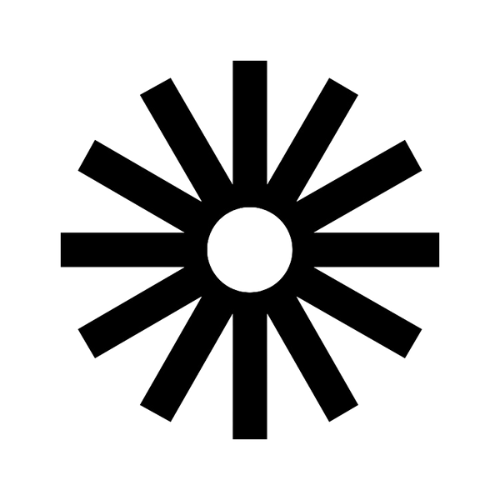
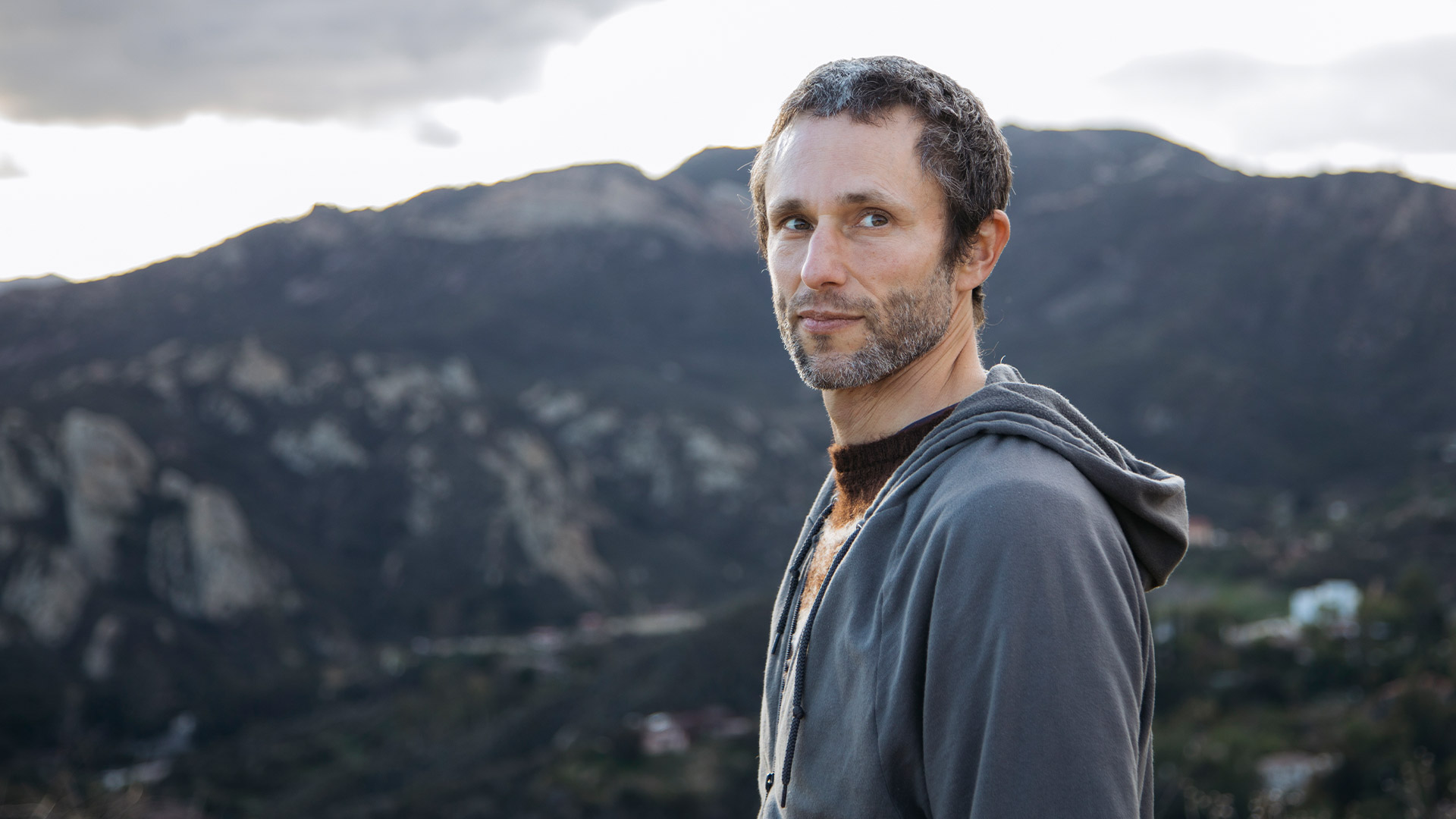 By
By 
